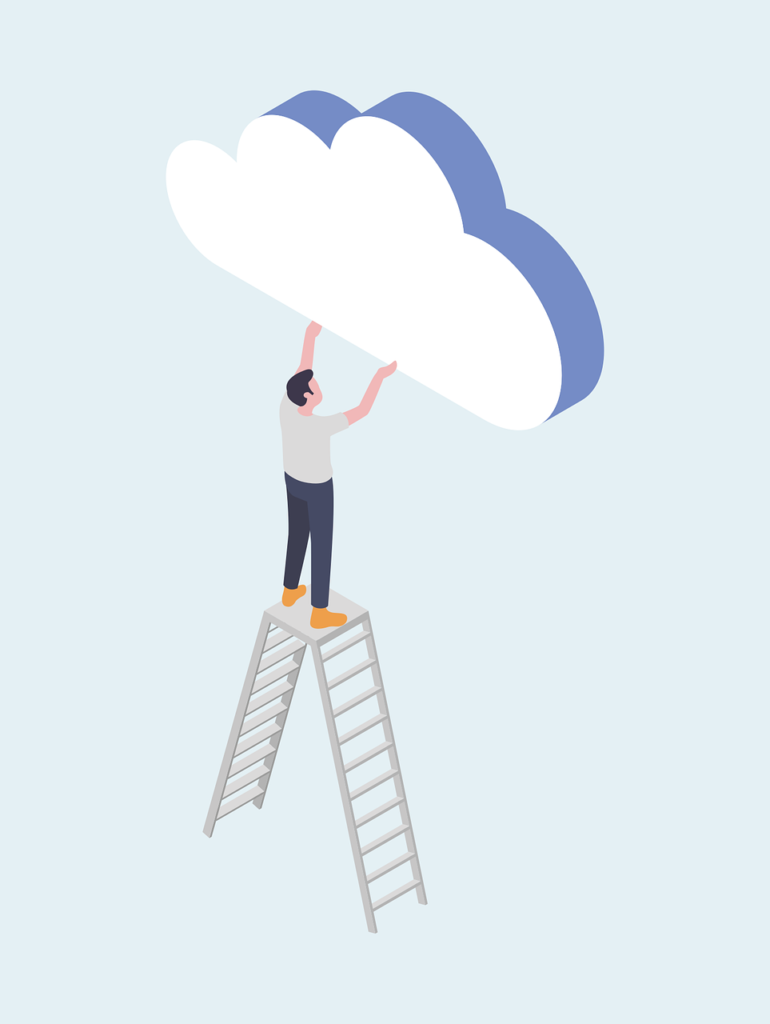
Designing and architecting a Software as a Service (SaaS) application involves careful planning, consideration of user requirements, scalability, security, and efficient utilization of cloud resources. Here are some key steps to guide you in designing and architecting a SaaS application:
- Identify User Requirements: Understand the needs and expectations of your target users. Define user personas, conduct market research, and gather feedback to determine the features, functionalities, and user experience that your SaaS application should provide.
- Choose the Right Technology Stack: Select appropriate technologies, frameworks, and programming languages based on the requirements of your SaaS application. Consider factors such as scalability, performance, maintainability, and the ability to integrate with other systems.
- Multi-tenancy Architecture: Implement a multi-tenancy architecture to efficiently serve multiple customers from a single instance of your application. This involves segregating customer data, ensuring data isolation and security, and providing customization options for each customer.
- Scalability and Elasticity: Design your application to scale seamlessly as user demand increases. Leverage cloud computing resources and autoscaling capabilities to handle varying workloads and ensure optimal performance during peak usage periods.
- Security and Data Protection: Implement robust security measures to protect sensitive data and ensure user privacy. Utilize encryption, secure authentication mechanisms, access control, and regular security audits to safeguard your SaaS application and its data.
- API and Integration: Design and expose well-documented APIs to enable integration with other systems and third-party services. This allows your SaaS application to work in conjunction with external applications and provides opportunities for extending functionality.
- User Interface and Experience: Focus on creating an intuitive and user-friendly interface. Design a responsive user interface that works well across different devices and browsers. Incorporate usability testing and gather user feedback to refine the user experience.
- Analytics and Monitoring: Implement analytics and monitoring capabilities to gain insights into application usage, performance, and user behavior. Monitor application health, track key performance metrics, and use data-driven insights to optimize your SaaS application.
- Continuous Integration and Deployment: Implement a robust continuous integration and deployment (CI/CD) pipeline to enable frequent updates, bug fixes, and feature enhancements. Automate the build, testing, and deployment processes to ensure efficient and reliable delivery of new versions.
- Compliance and Regulations: Consider any industry-specific regulations or compliance requirements that your SaaS application needs to adhere to. Ensure that your application meets the necessary security, privacy, and data protection standards.
- Documentation and Support: Provide comprehensive documentation for your SaaS application to assist users, administrators, and developers. Offer responsive customer support channels to address user inquiries and issues promptly.
Remember that designing and architecting a SaaS application is an iterative process. Continuously gather user feedback, monitor application performance, and make improvements based on user needs and evolving market demands. Regularly evaluate and optimize your architecture to ensure scalability, security, and a seamless user experience for your SaaS application.
What is the design for saas application?
The design for a Software as a Service (SaaS) application involves creating a structured plan that outlines the architecture, components, and interactions of the application. Here are some key aspects to consider when designing a SaaS application:
- Application Architecture: Determine the overall structure and components of your SaaS application. This includes deciding on the front-end (user interface), back-end (server-side logic and data storage), and any middleware or integration layers required.
- User Interface Design: Focus on designing a user-friendly and intuitive interface. Consider the target audience, their needs, and the tasks they will perform within the application. Use principles of user experience (UX) design to create an interface that is visually appealing, easy to navigate, and efficient in achieving user goals.
- Database Design: Design the database architecture to efficiently store and retrieve data. Determine the data schema, tables, and relationships based on the application’s requirements. Consider data normalization, indexing strategies, and data security measures to ensure data integrity and protection.
- Scalability and Performance: Plan for scalability to handle growing user demand and increasing data volumes. Consider distributed computing techniques, load balancing, caching mechanisms, and horizontal scalability to ensure optimal performance and responsiveness as the user base expands.
- Security and Privacy: Incorporate robust security measures to protect user data and ensure privacy. Implement secure authentication and authorization mechanisms, encryption for sensitive data, and protection against common security vulnerabilities. Stay updated on security best practices and adhere to industry standards and regulations.
- Integration and APIs: Design APIs and integration points to enable seamless connectivity with other systems and services. Define the APIs, data formats, and authentication methods for integrating with external applications or allowing third-party integrations with your SaaS application.
- Data Backup and Recovery: Plan for data backup and disaster recovery strategies to ensure business continuity. Establish regular data backup schedules, consider redundant storage options, and implement mechanisms for quick data restoration in case of system failures or data loss.
- Monitoring and Analytics: Incorporate monitoring and analytics capabilities to track application performance, usage patterns, and identify areas for improvement. Use monitoring tools to proactively identify and resolve issues, and leverage analytics to gain insights into user behavior and application usage.
- Compliance and Regulations: Ensure compliance with relevant regulations and industry standards. Understand data protection laws, privacy requirements, and any specific regulations that apply to your application’s domain. Implement necessary controls and mechanisms to meet compliance obligations.
- Documentation and Support: Create comprehensive documentation to assist users, administrators, and developers in understanding and using your SaaS application. Provide user guides, API documentation, and troubleshooting resources. Establish support channels to address user inquiries and provide timely assistance.
Remember that the design of a SaaS application is not a one-time process. It evolves as the application grows and new requirements arise. Continuously iterate on the design, gather user feedback, and adapt to technological advancements and changing business needs to ensure a scalable, secure, and user-centric SaaS application.